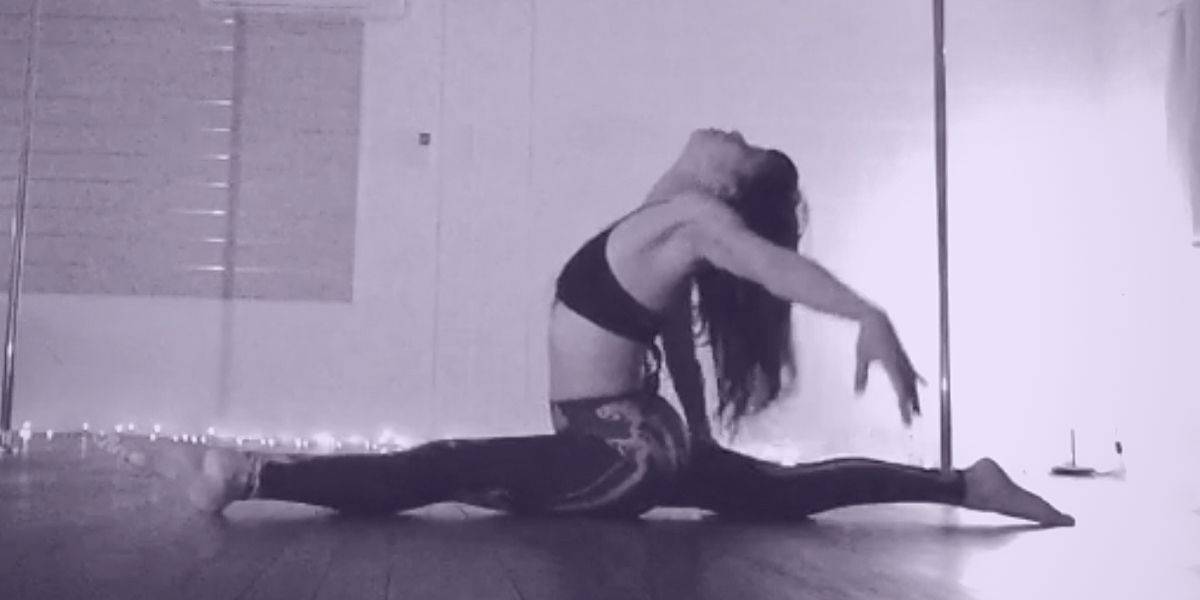
Split. Straddle. Backbend.
Improve Your Overall Movement Capacity so
the Option to do Split, Straddle, Backbend becomes available to you.
MoveMedics Movement Philosophy
“I want to do the split. How do I become flexible?”
As a physio who can split, straddle and backbend, I get asked this question a lot.
My Movement Philosophy, a culmination of 20-year clinical experience in treating movement impaired by pain and injury and over 10 years in research and development, and ongoing practice and refinement of my signature movement programme, is that Flexibility Training is really Movement Training.
Your objective is to increase your Movement Options by improving your Movement Capacity and expanding your Safe Movement Zone so you can do any movement and make any shape you want, anytime you want.
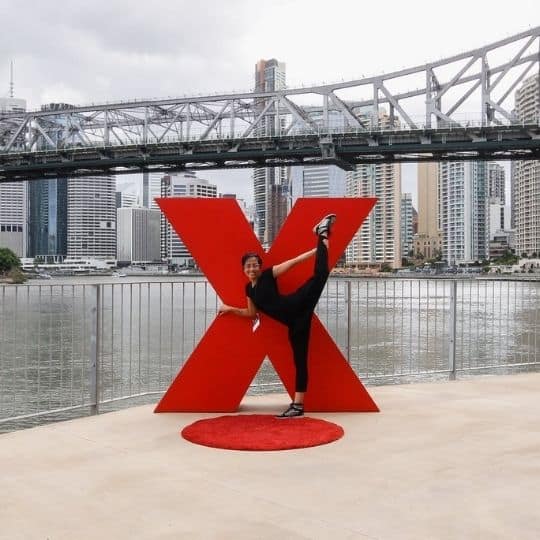
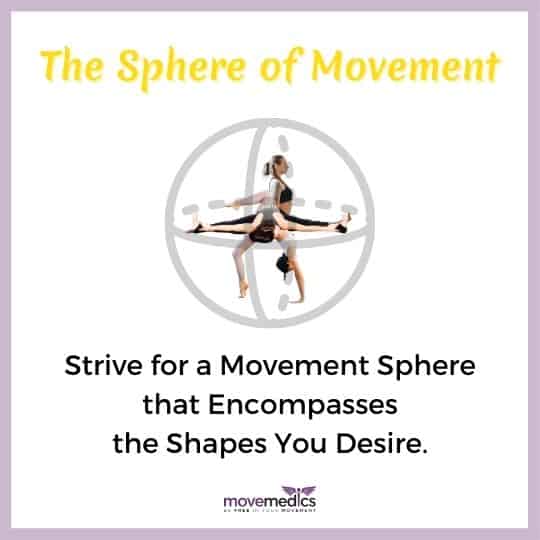
Movement Spheres™
Imagine your Movement Capacity is represented by two spheres – The Ultimate Movement Sphere and your Current Movement Sphere.
- The size of your Ultimate Movement Sphere comprises the full range of movement across all your joints.
- The size of your Current Movement Sphere comprises your current usable range of movement across all your joints.
If the movement you want to do, such as a straddle, falls inside your Current Movement Sphere then the Option to do it is available to you.
However, if the movement you want to do, such as a backbend, falls outside of your Current Movement Sphere, then the Option is NOT available to you.
What is Usable Range of Movement?
Usable range of movement is the amount of movement you can actively do all by yourself.
Here’s an example of Usable vs Non-Usable range of movement:
Teens who aspire to study tertiary dance in Australia are required to undergo a Dance Assessment as part of their application. In this assessment, we look at joint measurement, muscle strength and endurance… etc to help determine their suitability to study dance and to screen for and mitigate any potential issues managing a full-time dance load.
It is exceedingly common for a dancer to have a passive turn out (the amount I can move for them) of 90 degrees but an active turn out (the amount they can move themselves) of only 40-60 degrees. That is, they have the potential to do a 90-degree turn out but can only currently use about half of it.
Put another way, they are only tapping into about 50% of their turn-out potential.
In my experience, most people (elite athletes excluded) only use between 30-50% of what their bodies have to offer.
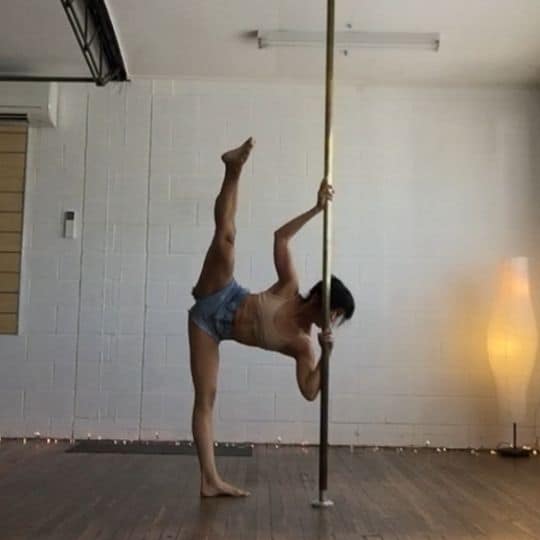
Why is there a Gap?
A gap exists between your Ultimate and Current Movement Spheres because:
1. You don’t have sufficient Movement Capacity.
2. Your Brain doesn’t think it’s Safe.
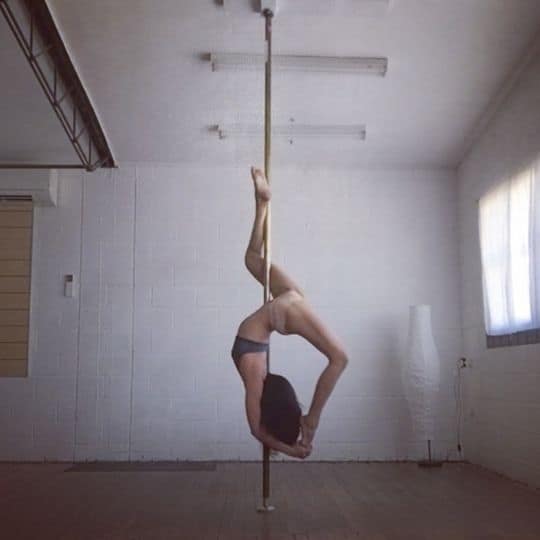
What is Movement Capacity?
Simply put, Movement Capacity is your overall ability to move and it encompasses all Elements of Movement which includes:
- Mobility
- Strength
- Balance
- Coordination
- Proprioception – sense of positioning and movement i.e. joint position sense, body awareness, spatial awareness
- Endurance
- Motor control
- Skills
- Knowledge of the movement
When you have good Movement Capacity, your movement is:
- Free
- Precise
- Reliable
- Confident
- Energy efficient
- Risks of pain and injury = low
In real life, this is reflected as generous movement options that allow you to play freely in your chosen movement field, anytime you want.

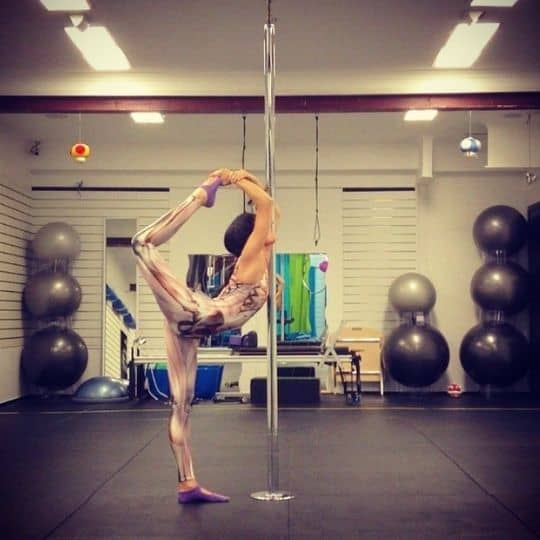
Your Brain & Movement
Your brain is your most dutiful, ever-present body guard who’s obsessed with one job – keeping you safe.
If your brain doesn’t think a movement is safe, there is no chance it will let you go near it. Not only that, once your brain has decided a movement is unsafe, it will dig its heels in and steadfastly protect you from it.
Your brain will not deem a movement safe if:
- You do not have the Movement Capacity for it.
- The movement is not in your Safe Zone.
Safe Zone vs No-Go Zone
There are 3 zones of movement – Safe Zone, Alert Zone, No-Go Zone.
Safe Zone (Green)
- Your Safe Zone is the space you’re very familiar with.
- You and your brain both know this zone well and your brain deems it safe.
- You move freely and confidently in your Safe Zone anytime you want.
- Movement in your Safe Zone are your everyday movement and skilled movement you’ve acquired. You own the movement in your Safe Zone.
- Your Current Movement Sphere is in the Safe Zone.
Alert Zone (Amber)
- Your Alert Zone is the space you’re somewhat familiar with.
- You and your brain are either getting to know and trust this zone or trying to remember it, your brain is not too sure about it and doesn’t deem it fully safe.
- You move cautiously and hesitantly in your Alert Zone and you don’t/can’t spend a lot of time here.
- Movement in the Alert Zone are those you’re just learning, movement you don’t do regularly, movement you have not done in a long time, or movement you’re rehabilitating after pain and injuries.
- You are in the process of either owning or losing the movement in your Alert Zone.
No-Go Zone (Red)
- Your No-Go Zone is the space you Do Not Know at all.
- You and your brain neither understand nor recognise this zone.
- Movement in the No-Go Zone are those you have yet to learn or movement that were once safe but your brain has decided are now dangerous.
- Your brain does not let you spend time here.
- You own nothing in your No-Go Zone.
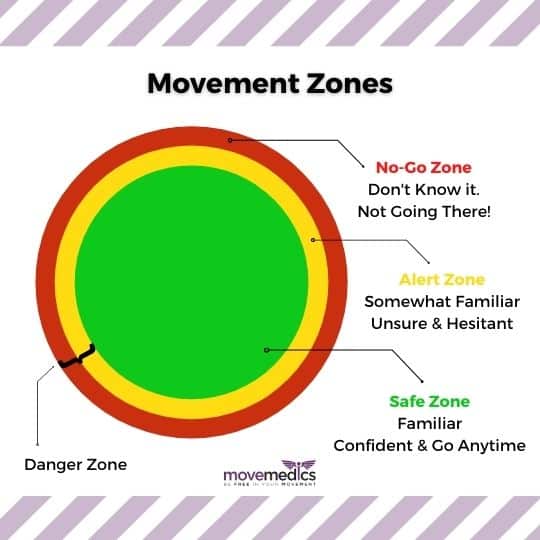
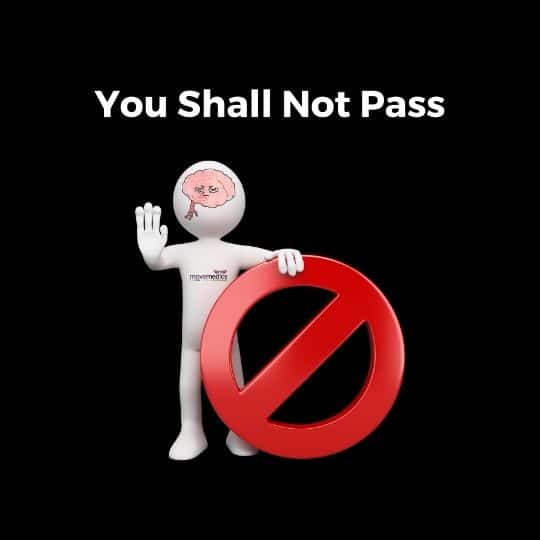
Why Would My Brain Change Its Mind?
A great example of a Once-Safe-Now-Dangerous movement is a hamstring tear. It is super common to hear people say “I’ve torn my hamstring and I can never do the split again”.
A lot of people mistakingly believe that this is because they are “still injured”, which is impossible as you can’t be chronically injured. You can however, have adaptations in your nervous system following an injury that perpetuate pain. In this case, your brain has formed Protection Memory to prevent you from falling victim to the same ill fate.
Here’s how Protection Memory works:
- The last time you did the split you ended up tearing your hamstring and was out of action for months. You were very upset about it.
- Your brain remembers this and decides it must prevent you from suffering again at all cost. It makes the association “the split = bad” and marks the split as a No-Go Zone.
- Protection memory works like reflexes – quick and thoughtless.
- The next time you attempt to do something that resembles the split, your body guard springs into action reflexively to avert the danger.
- Your body guard communicates this with you by creating various sensations. In real life this may be experienced as little stabs of pain, muscle spasms, or strong pain.
- You abort the “threatening activity” and are no longer in danger, your brain thinks “success” and adds that to the scorecard and makes sure to do the same next time.
Protection Memory is an important and useful strategy as it saves valuable time. However, it can become a hinderance when the Safe Movement Threshold is set incorrectly.
Protection Memory can be corrected. You do this by practising Safe Movement Exploration.
Safe Movement Exploration
Essentially, you need to convince your body guard that “bad things ain’t gonna happen when I do X”.
You do this by addressing the missing or deficient Elements of Movement related to the movement in question. You work strategically and specifically in your Alert Zone until you develop the Movement Capacity required to thoroughly own the movement and completely incorporate it into your Safe Zone.
With time, patience, and dedication, you can progressively expand into the next new Alert Zone, own and incorporate that, and continue on, gradually turning Yellow into Green until one day, your Ultimate Movement Sphere is entirely Green.
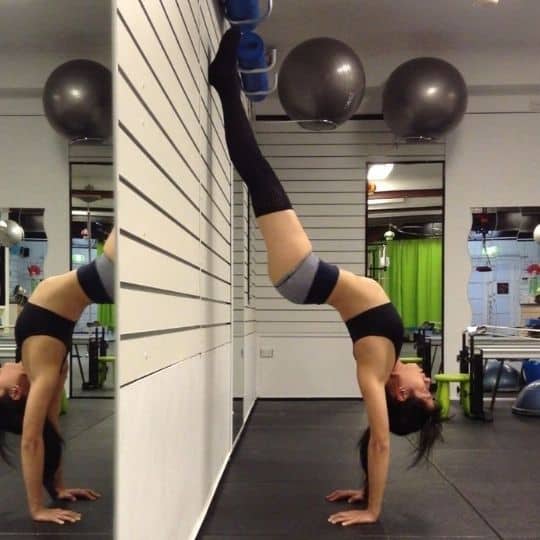
Recommended Videos
When NOT To Do Static Stretches
A Sneak Peek To Fold Sequence
